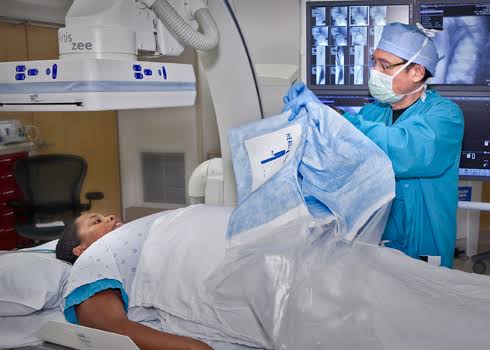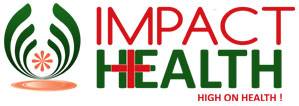How to prepare for Coronary Angiography?
Angiography has a special role in modern medicine. With its ability to visualize blood vessels and guide different interventional procedures, the test makes use of a contrast dye to highlight blood vessels creating detailed and real-time images of the vascular system.

Coronary angiographyis used to check for any blockages in a coronary (heart) artery. A coronary angiography is advised in conditions where your doctor feels you are at a risk of a heart attack, you have inexplicable heartbeat, aortic stenosis or unusual chest discomfort. This test is also known as a cardiac angiogram, cardiac catheterization or catheter arteriography.
What happens before a coronary angiography
Before planning to go for a coronary angiography test, doctors frequently utilise an MRI or CT scan to try to identify any heart issues.You will be advised to refrain from eating or drinking anything eight hours prior to the angiography.Following the procedure, you may have light-headedness or dizziness during the first 24 hours - have someone to drive you home.In most of the cases, you will be asked to into the hospital the morning of the test and you’ll be able to check out later the same day.
At the hospital, once you sign consent forms, the nurses will take your blood pressure, start an intravenous line and check your blood sugar if you are a diabetic.You may also have to undergo a blood test and an electrocardiogram. Make sure to inform your doctor if you're allergic to shellfish, have ever experienced a negative response to contrast dye, use sildenafil (Viagra), or think you could be pregnant.
What happens during the test
Before the test you will be given a mild sedative to help you relax, however, you will remain awake during the whole test. An anaesthetic is administered to numb an arm or groin and a sheath is placed within an artery. Your heart's artery will be gently approached by a tiny tube known as a catheter and the whole process will be monitored by your doctor on a screen.
You may be a slight burning or "flushing" sensation after the dye has been administered. After the test is done, drink plenty of water to help your kidneys flush out the contrast dye.
While cardiac catheterization is very safe when performed by an experienced team, but at times, there are risks such as blood clots, bleeding or bruising, injury to the artery or vein and in very rare cases, there is a small chance of heart attack.
Recovery after angiography
Following your angiography procedure, it is important to focus on your health and prioritize your recovery. take time to rest and drink plenty of water while staying away from smoking or drinking alcohol. Since you have been given an anaesthetic, avoid driving, using any machinery or making important decisions right away. Besides, steer clear of any sexual activity or heavy exercise for next few days.
While you can shower, however, it is advisable to avoid baths, use hot tubs or a pool for three days. Lastly, don’t apply lotion near the puncture site for few days and do not forget to see your cardiac specialist a week after the test.
In summation, following pre procedure guidelines, addressing concerns and preparing well for post-procedure care are key to ensure a successful coronary angiography.
